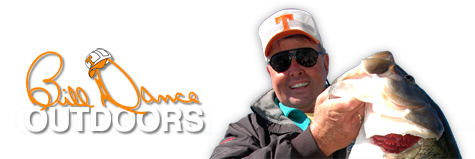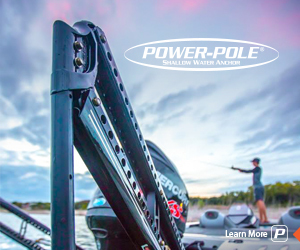The Basics of a Successful Pond or LakePosted: February 20th, 2013 by Bill Dance In the last decade or so pond and lake management has taken off. Folks all across the country are becoming more interested in creating and managing their own personal fishery. Of course, with this new-found interest has come another industry within the industry, and it might best be simply labeled as “pond management.” Where state and federal fisheries biologists have long worked to manage public waters so that they might provide premium fishing opportunities for John Q. Public, likewise private individuals have also gotten into the act. Today people spend a lot of time and money creating their own private fishery, whether it is a 50-acre lake or a 1- to 2-acre pond. With this increased interest, the plans and formulas that make these smaller waters a successful place to fish have also become more common knowledge. Still, I often have people ask me things like, “Why is the lake I created on my property not as good for fishing as the one my neighbor’s property?” Yes, it’s a common question, one with an answer that can easily be narrowed down to three things: 1.) is numbers; 2.) is nutrition; and 3.) is forage base. With most successful food chains, webs or biospheres (or whatever they call a natural environment these days?), there has to be a balance to assure the odds of success. First let’s discuss the numbers game. As far as big bass are concerned–overstocked bodies of water probably affect overall bass size more than anything. Growth actually stops all together when the carrying capacity of the ecosystem is exceeded. In short, there has to be room for growth. An obvious example of this is the presence of stunted fish. When you find a lot of runts in a lake, the competition for food is too great. Your chances of catching good -size bass there are very slim. Now, quality of the nutrition is another important part of the secret to success. And often it can be determined without wetting a line. Invariably, waters that drain into a successful pond or lake are surrounded by fertile, nutrient-rich soils that will provide a rich food chain. In such locales, resident fish populations will have a decided advantage as long as the carrying capacity isn’t exceeded. The third consideration is the aforementioned, “type of forage.” A pond that has a good supply of high protein forage such as shad, shiners, fat head minnows, or crawfish will normally be the type of pond that will produce large and healthy fish, most notably big bass. Any of these produce a high-protein base and in return, provide a fast growth rate. Of course, there are other more complex parts of the equation for successful ponds or lakes, but what I have mentioned here are the basics of this foundation. If you want to build or create the perfect small fishery for you and your family, I suggest you first contact your state fisheries agency and ask for recommendations. Then too, there are a lot of private businesses out there now catering to the demand, so researching the topic on the Internet might be a good idea as well. It really is hard to measure the entertainment value that comes from having your own private fishing hole. ‘Til next time, catch one for me!
|
Upload your trophy bass photo (or any other fish) to BillDanceOutdoors.com! Or, post comments about other photos submitted by Bill Dance fans.
Bill Dance is one of the most recognizable names and brands in fishing and outdoor gear. Please browse through our selection of superior products that proudly carry the Bill Dance name.
|





